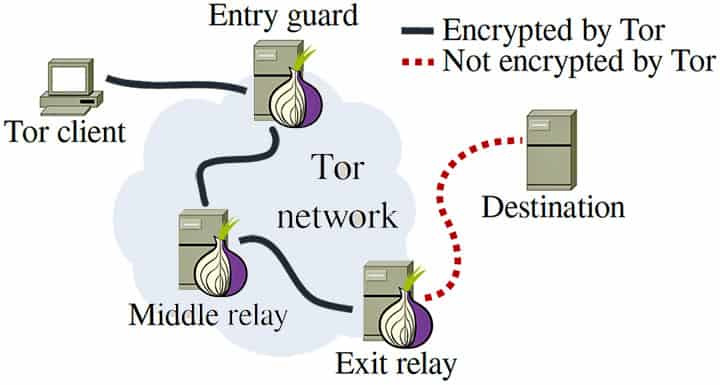

Finally, your data is only as secure as the website that represents its internet destination. Your internet service provider can record your search history itself, and any third party can track it during transit via traffic analysis. An internet-connected device has several points where third parties can access the data. Data transmits from your IP address to websites and back from websites to your IP address.

This is a digital address that each device uses to interact with the internet. There are a few key terms to understand when it comes to online privacy. In either case, you can use data protection software - a VPN, to be precise - to secure your information.

These individuals may find it inadvisable or even impossible to access business-related information from a cafe or airport. Business travel remains a necessity for many, though. That’s more true than ever in 2020, as the COVID-19 pandemic has dramatically accelerated trends toward remote working. In recent years, most businesses have tightly interwoven their day-to-day operations with the internet. In either case, they can compromise your passwords, contact information, and credit cards.ĭata protection is also something that many organizations incorporate. In reality, someone may be using this connection to trap unwitting individuals and monitor their traffic. What’s even more dangerous is the risk of accessing a fraudulent router with a name that makes it appear to be a reputable public router. For one thing, another person may check into the same Wi-Fi network and attempt to infect your laptop with a virus. However, there are several security holes in any public router. If you have any more questions, use the contact form and we'll answer it and add your question here.While outside the home or waiting at the airport, you’ll often rely on public Wi-Fi. Thankyou Dan for providing this helpful service! More questions? We use the list of IP addresses from for our list of TOR exit nodes. Instead of overly-simplifying information about Tor any further, please have a look at the official Tor Project "About Tor" page for more information on who uses Tor and why. The idea is that if anyone is watching the traffic of one of the exit nodes (or tries to trace internet activity back to the source) they get to the exit node it came from but are unable to trace it further back through the mesh to the origin of the traffic. When data/information goes in one of the entry points, it bounces around a number of times before exiting one of the exit points. Tor consists of hundreds of entry/exit points and thousands of internal nodes arranged in a mesh-like fashion. The name "Tor" is derived from the project name: " The Onion Router". Tor is software designed to allow users to communicate anonymously.


 0 kommentar(er)
0 kommentar(er)
